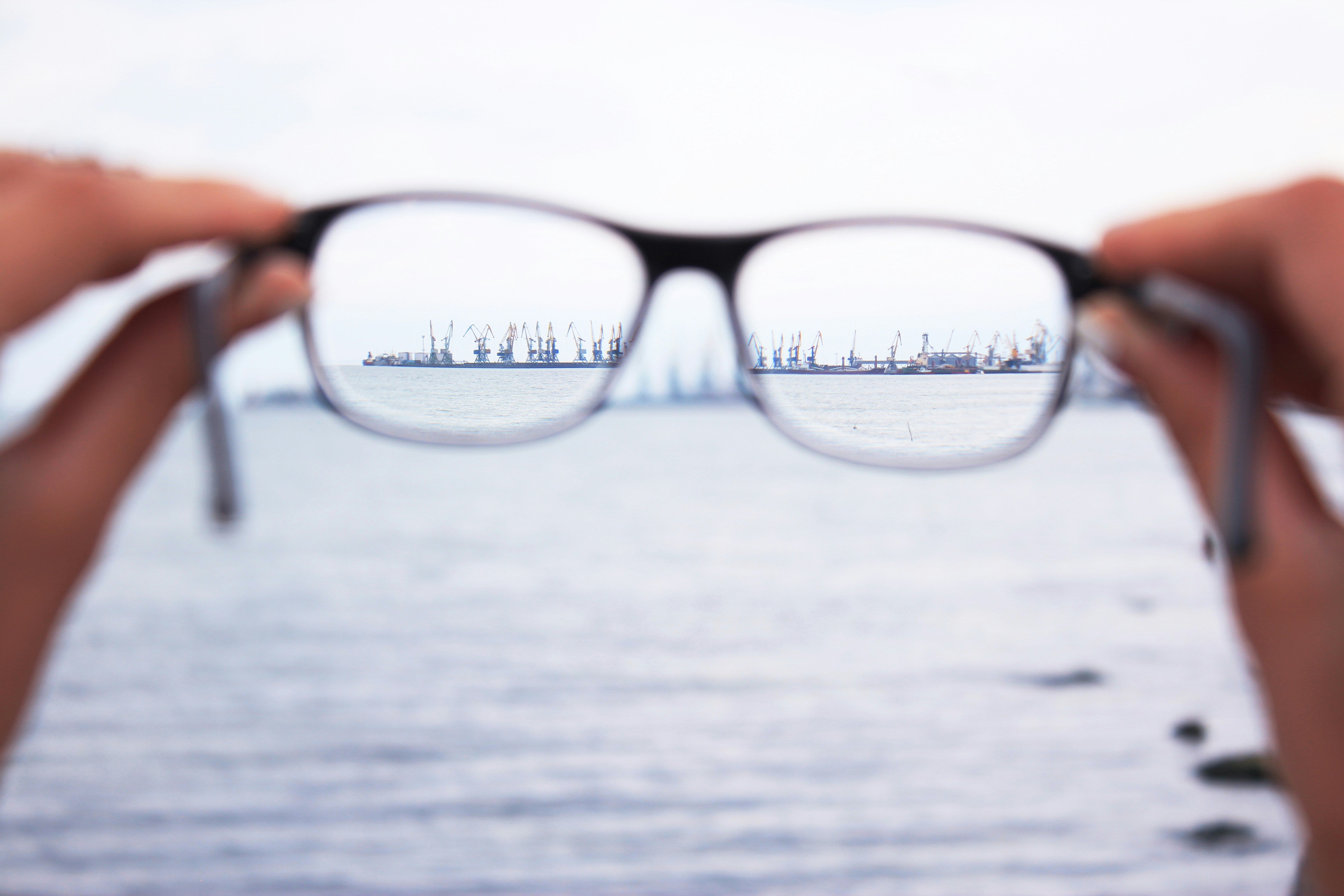I usually shop at Wholefoods. It’s expensive, but it saves me time. I was recently shopping at another store and went to buy butter. It took me a long five minutes to make my decision, since they didn’t have the brand I normally buy.
The options I was choosing from were:
- organic
- grass-fed but not organic
- high butterfat but not organic
- organic from pasture raised cows
So, what was the issue, you may ask? When comparing the types of butter, the key differences lie in the diet of the cows and the regulations surrounding the farming methods. Here are some details:
- Organic butter: This type of butter is produced from the milk of cows that have been fed with organic feed and raised in conditions that meet organic farming standards. This means that the cows are not given antibiotics or growth hormones, and the feed they consume is free from synthetic pesticides and genetically modified organisms (GMOs). However, the term "organic" doesn't necessarily mean that the cows are 100% grass-fed; they could be fed organic grains as part of their diet.
- Grass-fed non-organic butter: This type of butter comes from cows that have been primarily fed grass, which is their natural diet. However, being non-organic means that the farming practices aren't strictly regulated to avoid synthetic pesticides, antibiotics, and growth hormones. While these cows are grass-fed, the grass they consume could have been treated with synthetic pesticides or fertilizers.
- High butterfat but not organic: This type of butter is often considered a healthier choice because of its nutrient profile and its impact on cooking. Here are a few reasons why:
- Rich in Fat-Soluble Vitamins: High butterfat butter is rich in fat-soluble vitamins, particularly Vitamin A, E, and K2. Vitamin A is essential for vision, immune function, and cell growth. Vitamin E has antioxidant properties, and Vitamin K2 plays a key role in bone and heart health.
- Contains Butyrate: Butyrate, or butyric acid, is a type of short-chain fatty acid that the gut bacteria produce when they digest dietary fiber. It's also found in dairy fat. Butyrate has been shown to reduce inflammation in the gut, support gut health, and may help prevent weight gain.
- Higher Omega-3 to Omega-6 ratio: Compared to grain-fed dairy, grass-fed dairy (which tends to have higher butterfat) often has a better ratio of omega-3 to omega-6 fatty acids, which is beneficial for heart health.
- Better for Cooking: High butterfat butter also has a lower water content. This can result in better texture and flavor when used in cooking and baking. It also has a higher smoke point than lower-fat butter, making it better for high heat cooking.
- Satiety: Fats, including those in butter, can increase feelings of fullness, which may help with weight management.
Again, being non-organic means that the farming practices aren't strictly regulated to avoid synthetic pesticides, antibiotics, and growth hormones. And, without highlighting grass-fed, they may be fed grains including genetically modified (GMO) grains.
- Organic, pasture-raised: This type of butter falls under “organic” described above, but what does “pasture-raised” mean? This refers to the cows’ living conditions vs. what they are fed. Pasture-raised cows spend a significant portion of their lives grazing on pastures, as opposed to being confined in feedlots. This is considered more humane and natural for the cows, and it can also have positive implications for the nutrient profile of the dairy, as grass-fed cows’ milk tends to have higher levels of certain nutrients, like omega-3 fatty acids and vitamin K2.
Kerrygold is a well-known brand of Irish butter that deserves its own mention in this conversation. It is popular with people who want organic, grass-fed butter, though Kerrygold does not claim to be either. They advertise their products as being produced from the milk of “cows that graze on the green pastures of small family farms.”
Ireland’s climate and abundant rainfall make it ideal for growing lush, nutrient-rich grass. The cows that produce milk for Kerrygold butter are largely grass-fed, grazing outdoors on these pastures for the majority of the year.
Kerrygold’s marketing material often states that their cows are grass-fed “365 days a year.” However, it's important to note that during the winter months, when fresh grass may not be as readily available, the cows may also be fed supplementary feeds such as silage or hay, which is preserved grass, to ensure they get enough nutrients. This is still in line with their grass-fed claim, as the supplementary feed is derived from grass.
Since Kerrygold butter is not certified organic, the grass and supplementary feed the cows eat may have been treated with synthetic fertilizers or pesticides, and the cows may potentially be given antibiotics or hormones, although the use of hormones in dairy cows is not allowed in the EU.
The butter that checks all the boxes for me is Maple Hills, which is 100% grass-fed, organic and high in butterfat. When I did not have that option at the store recently, I chose the Organic Valley Organic pasture-raised option. When my budget is prohibited, I’ll choose Kerrygold.
As a side note, since I buy grass-fed, raw milk from a cow share, a significant portion of my butter intake comes from the fat I skim off the top of these non-homogenized bottles.
P.S. A reader shared this link on Organic Valley's butter wrapper having trace amount of organic fluorine which is indicative of PFAS “forever chemicals.” They also found traces of this chemical in Kerrygold.






1 Comment
Thank you for this info! I’ve been buying Kerrygold, thinking it was a great option. Will switch to Maple Hill, thanks to you.